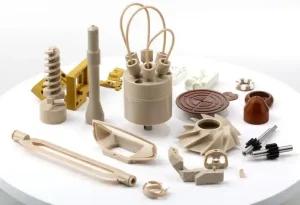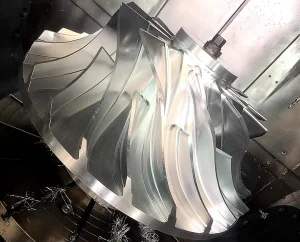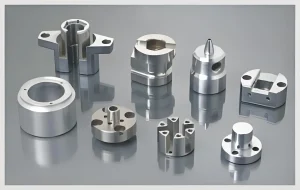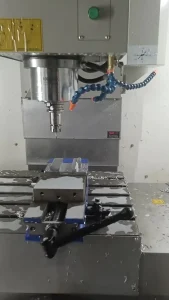Overmolding is a specialized injection molding process. It involves combining two or more materials to create a single, finished part. This technique enhances functionality and aesthetics. Understanding overmolding Technology can help manufacturers improve product design and user experience
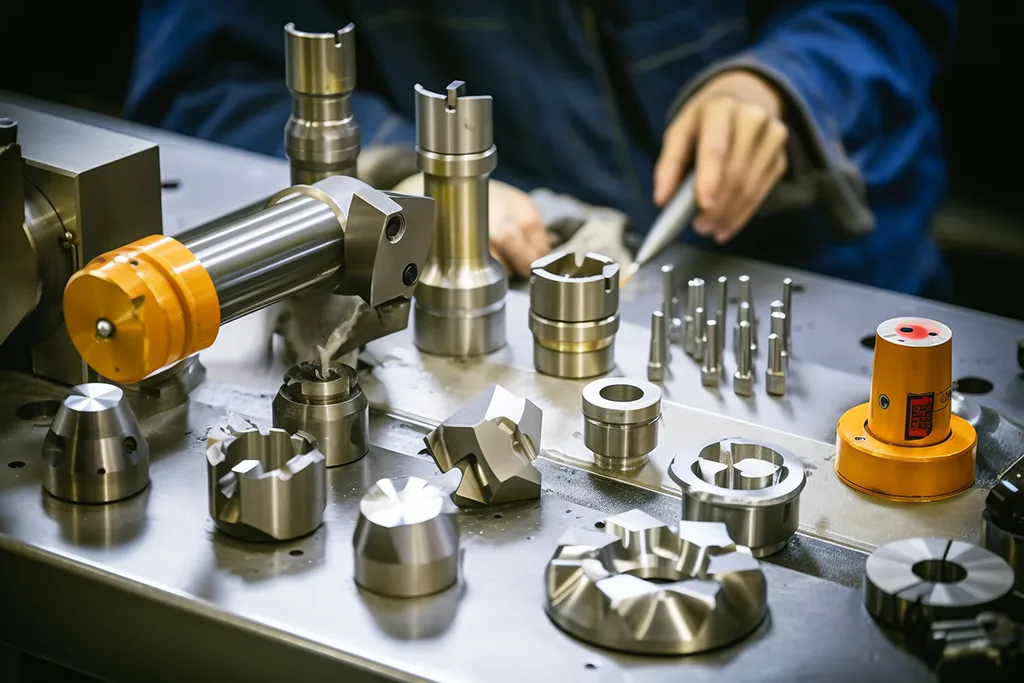
The overmolding Process
The overmolding process begins with the creation of a base component. Manufacturers inject the first material, typically a rigid plastic, into a mold. After this component cools, they inject a second material over it. This second material is usually softer, like rubber or silicone. As a result, the final product combines strength with comfort.
Benefits of overmolding
One significant advantage of overmolding is improved grip. For instance, manufacturers often use overmolding to create handles for tools and appliances. The soft outer layer enhances user comfort and control. This feature is particularly valuable in products requiring frequent handling.
Another benefit is the reduction of assembly time. overmolding allows manufacturers to produce complex parts in one step. This method eliminates the need for additional assembly processes. Consequently, businesses save time and reduce labor costs.
Applications of overmolding
overmolding finds applications in various industries. In the electronics sector, manufacturers create protective casings for devices. The combination of rigid and soft materials provides durability and impact resistance. In the automotive industry, overmolding is used for dashboard components and steering wheels.
Furthermore, overmolding plays a crucial role in medical devices. Manufacturers produce grips for surgical instruments and ergonomic handles for tools. This application highlights how overmolding enhances both functionality and safety in critical environments.
Design Considerations
When designing for overmolding, several factors must be considered. First, the compatibility of materials is crucial. The two materials must bond well during the molding process. Incompatible materials can lead to weak points and product failure.
Next, the mold design should accommodate the overmolding process. Designers must ensure that the mold allows for easy injection of the second material. Proper venting is also essential to prevent air pockets. These design elements contribute to the overall quality of the final product.
Challenges in overmolding
Despite its benefits, overmolding presents challenges. One common issue is the higher initial cost of molds. Creating a mold for overmolding can be more complex than standard injection molds. However, the efficiency gains often justify the investment.
Another challenge is managing cycle times. overmolding typically requires longer cooling times. Manufacturers must balance the need for speed with the quality of the final product. Investing in advanced machinery can help optimize cycle times.
Conclusion
In conclusion, overmolding is an innovative injection molding Technology process that offers significant benefits. Its ability to combine different materials leads to enhanced functionality and user experience. Furthermore, overmolding reduces assembly time and improves product quality.
By understanding the principles of overmolding, manufacturers can create superior products. This knowledge enables companies to stay competitive in their respective industries. Ultimately, embracing overmolding can lead to increased customer satisfaction and loyalty.

